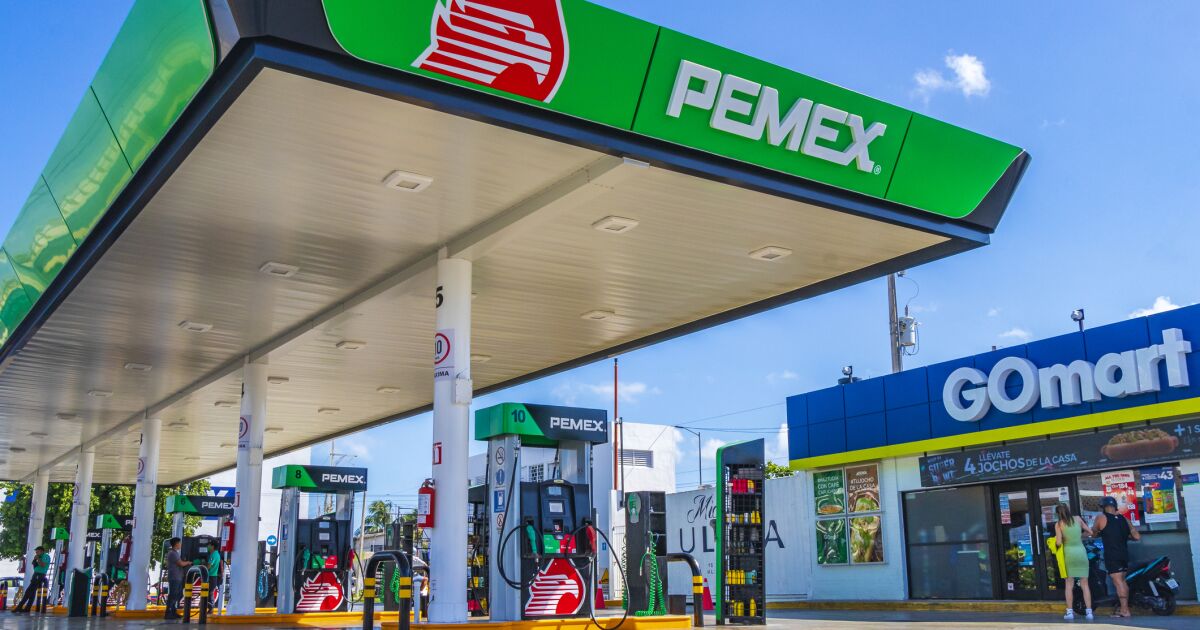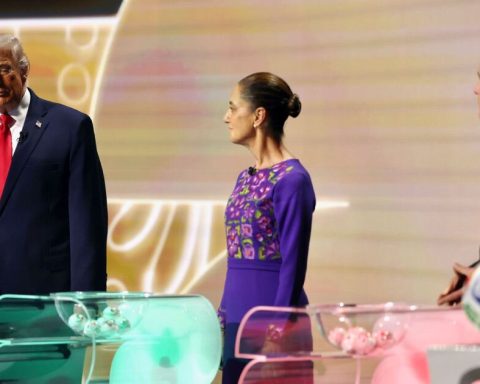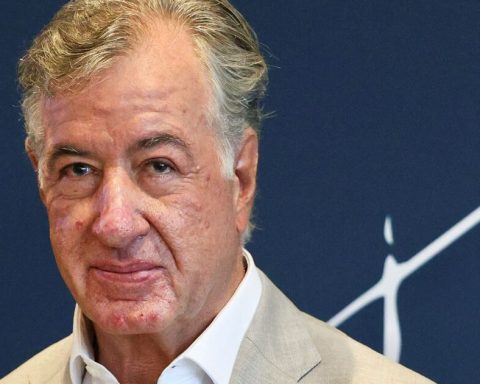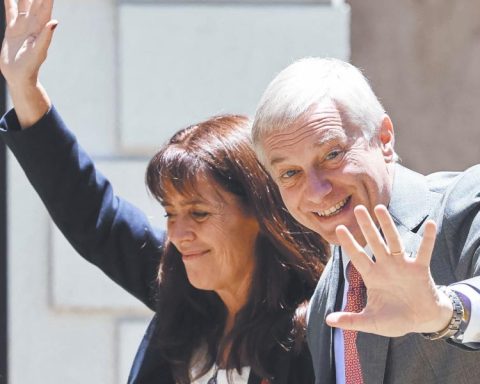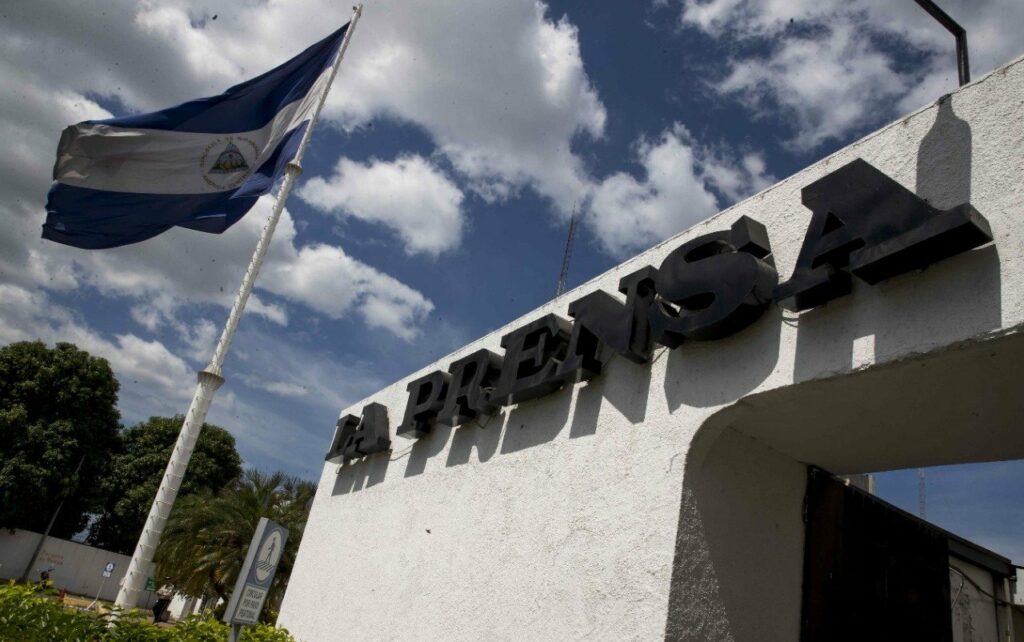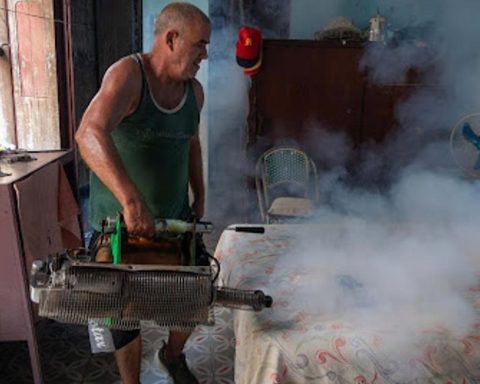The issue puts pressure on the management of public money in Mexico, in charge of the Ministry of Finance, because in addition to the expenses for energy policies, the reference interest rate of the Bank of Mexico is rising, which makes the cost of public debt, which closed at 2.9% of GDP last year; the same is the cost of pensions that represents 25% of the programmable expense, “there are several risks that must be controlled”, in addition to a slow arrival of income, warned Campos.
He explained that the measure of still preserving the tax incentives for gasolines mainly benefits the population with more income.
In 2014, the Treasury estimated that the benefit of maintaining the sale price of fuels below its real cost was concentrated in 62.2% in the richest deciles in Mexico, since then it has not made the calculation again.
However, to date, those who pay the most fuel IEPS belong to the richest deciles since they are the ones who use the most cars, they were the most benefited from the stimuli and subsidies in 2022.
He highlighted that in 2015, 44.5% of the beneficiaries were from decile X, that is, the highest, while 17.7% were from level IX. Then in 2020, 26.8% of the beneficiaries were from the highest decile, and 17.7% from level IX.
